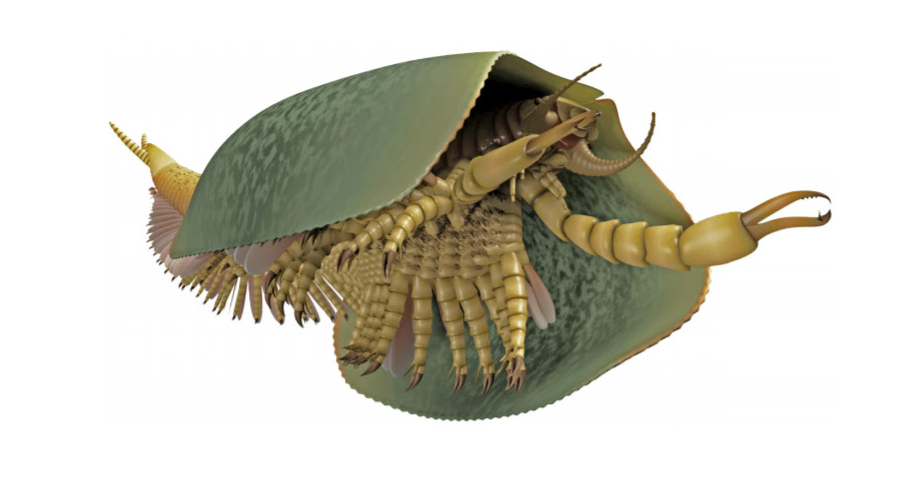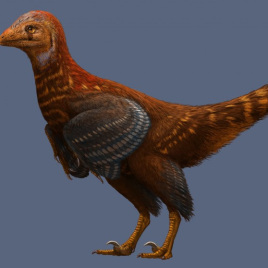
(Image by Aria & Caron)
The mandibulates, who get their name from their distinctive jaws, make up the largest group of arthropods. But the evolutionary origin of their unique bodies has remained murky until a recent discovery at the Burgess Shale Formation in British Columbia. A Tokummia katalepsis fossil found in the 508-million-year-old Marble Canyon deposit possesses physical traits typical of both mandibulates and crustaceans. The presence of these traits in the Cambrian larvae of various Mandibulata species suggests that the main groups of arthropods share stages during embryonic development.
Authors:
Cédric Aria & Jean-Bernard Caron
Corresponding author:
Cédric Aria, University of Toronto, ON, Email: cedric.aria@protonmail.com
Original paper published in Nature on April 26, 2017.


